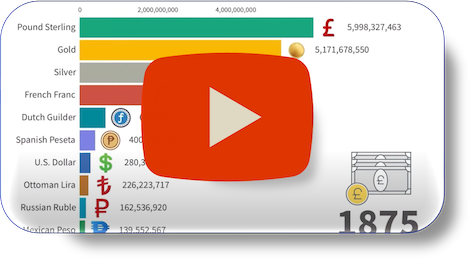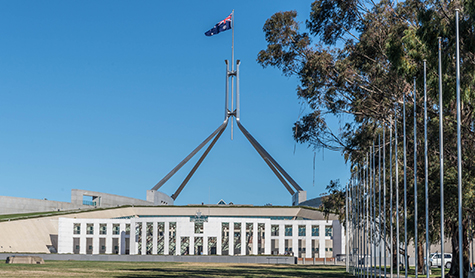Retiring in their 30s or 40s?
The stories about people who have embraced the FIRE — it stands for Financial Independence Retire Early — movement are fascinating.

They move to smaller homes, share Netflix accounts and squeeze the most out of every dollar to retire by the time they are in their 30s or 40s.
Once they have accumulated the required amount of money, they stop working and spend more time doing whatever they enjoy. There is always a sense of admiration for people who can be so disciplined and motivated to achieve a certain goal.
That said, just how you get the required level of confidence to have enough saved to maintain even a frugal lifestyle in order to step away from work for possibly the next sixty years is a challenge many of us may struggle with.
The guiding principles behind the FIRE movement are admirable – although it does seem to downplay the fulfilment and sense of community many people get through work. But irrespective of that, there are aspects that may prove difficult for many Australians to follow, particularly because the average super balance for those at or approaching preservation age (55-64 years) is $310,145 for men and $196,409 for women. That's far short of the $640,000 for couples and $545,000 for singles that the Association of Superannuation Funds of Australia estimates is needed for a comfortable retirement.
It's also difficult to imagine that many people will be able set aside half or more of their income, as FIRE guidelines suggest, when they are not accumulating enough even with the tax incentives and employer contributions available in super. Also, some FIRE advocates have been criticised for not mentioning income from their blogs or from a partner who continues working.
So, before you go buying the brown bananas that have become a symbol of the thrifty FIRE lifestyle, assess with a critical eye.
There are many concepts involved in the FIRE philosophy that are commendable – and make sense for people seeking to make their money go further. In many ways, FIRE is simply a new, perhaps trendier name, for what financial experts have always recommended: budgeting properly so that you live beneath, or at least well within, your means.
Pursuing the FIRE strategy can help you take the first step toward good financial health by setting long-term life strategy goals. Maybe you do want to retire early. Or maybe you just want to set aside enough money so that you can work part time while your children are at home. What matters is that you identify your goals and make plans to achieve them.
Thinking about long-term goals can help to clarify what is important to you. A larger house may suit someone who enjoys entertaining and having guests. In other words, some expenditures may be worth it. Budget according to what you value, and you will find opportunities to cut costs in some areas while, perhaps, spending more elsewhere.
Consider what moves will have the most impact. While smashed avocado on toast has become something of a cause for celebration on social media, it's wise to focus first on your largest expenditures, usually housing, transportation and debt. Reducing debt, including paying off credit-card and other bills every month guarantees much lower costs over time. Do you really need that shiny new car?
Young people in particular have an opportunity to capitalise on the benefits of keeping these larger bills manageable.
As you think long-term, consider small changes. Saving 50 per cent of your income is daunting. You don't have to do it all at once. You can start small by finding savings of, say, $50 or $100 a month. Investing what you spend on daily coffee over a month can add up to more than $100,000 over 30 years – not a bad start toward financial independence.
One fundamental way to save is by keeping your investment costs low. Vanguard research shows that an investor who sets aside $100,000 in a portfolio that earns an average of 6 per cent yearly will have $532,899 after 30 years, in a fund that charges 0.25 per cent of assets yearly, compared to $417,357 in a fund that charges 1.07 per cent.
You may or may not want to retire early, but setting long-term goals, budgeting sensibly and keeping costs as low as possible will give you the best chance to have the option.
In the investing world you get what you don't pay for.
Written by Robin Bowerman
Head of Corporate Affairs at Vanguard.
11 December 2018
vanguardinvestments.com.au























